If you are looking wholesale lighting solutions, click here.

Have you ever encountered the term BR30 on light bulbs or their boxes? Well, you are not alone. Many people know the term BR30 but lack knowledge of what it means.
In simple words, BR30 is a bulb code that explains its size, style, and shape. Read this article to learn what a BR30 light bulb is and why the LED version of this bulb is popular nowadays.
BR30 is a code assigned to a unique type of light bulb. This code helps explain the bulb’s size, type, and shape.
BR stands for bulged reflector, where bulged means rounded and reflector refers to a shiny surface that reflects light inside. Simply put, BR led bulbs are rounded in shape with reflective insides to distribute light evenly.
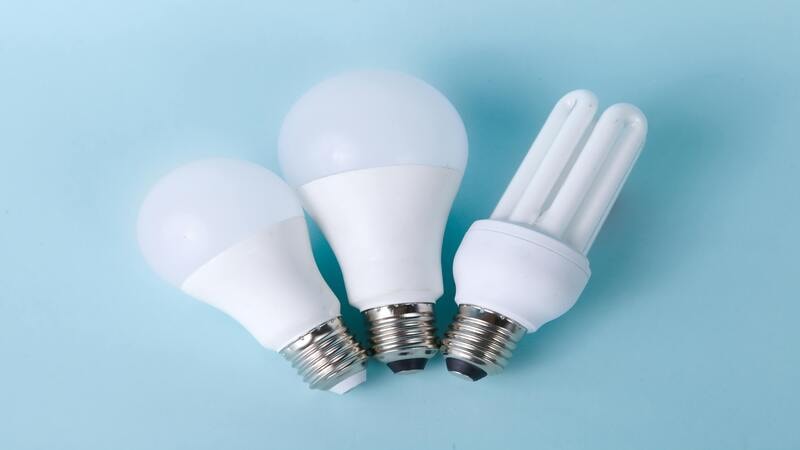
The numeric part of the code refers to the bulb’s diameter, which is measured in eighths of an inch. A BR30 bulb’s diameter is 30/8 = 3.75 inches.
These bulbs are designed to provide broad and soft lighting distribution, making them ideal for use as a lighting source in homes. Due to their compact size, these bulbs are popularly used in recessed lighting.
The rounded top of this LED bulb acts as a light diffuser, distributing light evenly throughout the area rather than concentrating it in a single spot. Lighting buyers often debate the topic of PAR 30 vs BR 30, and some even consider them the same.
PAR bulbs produce a narrow, focused light beam due to their flatter front and are ideal for spotlighting. Alternatively, BR light bulbs, with their rounded front, make abroad and soft light beam suitable for general lighting.

Before fitting the BR30 bulb, electricians must know its size and dimensions. BR30 LED bulbs commonly measure 5.1 inches long and have a diameter of 30/8 = 3.75 inches.
Owing to its size, this type of bulb is suitable for most four—to six-inch recessed cans and track lights. The energy efficiency of these LED light bulbs makes them popular for indoor lighting fixtures, especially in residential settings like kitchens, dining rooms, and laundry rooms.
These bulbs come to the rescue in cases where space is limited but a wide and even distribution of light is required. Many people confuse BR30 bulbs with BR40 bulbs or consider them the same.
It is important to note that the difference between these two bulbs is in their sizes. The BR40 bulb is slightly larger, measuring 6.3 inches long and 5 inches wide. A BR40 bulb cannot fit in a can designed for a BR30 bulb.
Quick Tip: Check the label details on the fixture or measure the can size to buy an incandescent light that fits properly and is compatible with the fixture.
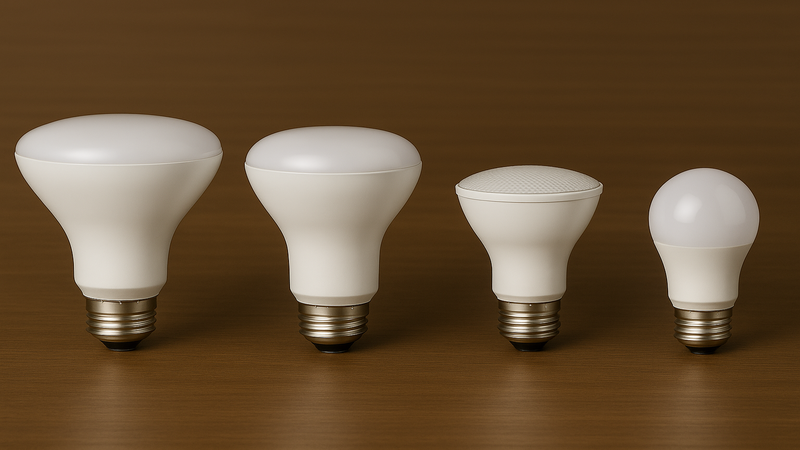
Lighting buyers must compare BR 30 vs 40 vs. PAR30 vs. A19 to choose the bulb that matches their requirements. The table below provides a detailed comparison of shape, diameter, beam angle, and the best use of each bulb.
The following table should help interior stylists and DIYers choose the correct bulb for their residential or commercial lighting fixtures.
| Bulb Type | Diameter | Shape | Beam Angle | Best For |
|---|---|---|---|---|
| BR30 | Around 3.75 inches | Bulged or rounded | Wide approximately 120° | Use in Recessed ceiling lights |
| BR40 | Around 5 inches | More bulb-shaped or rounded as compared to BR30 LED lamps | Wide | Bigger and wider ceiling fixtures |
| PAR30 | 3.75 inches | Narrow, Flat, or Parabolic | Narrow around 40° to 60° | For Accent and task lighting |
| A19 | Approx 2.375 inches | Typical round bulb shape | 360° - Omnidirectional | Best for use in lamps and table lights |
The side-by-side comparison above helps business owners and retailers choose the correct bulb. However, if you’re still confused, then each bulb breakdown is provided below for further ease:
BR30 LED bulbs deliver an expansive beam that softly illuminates the space where they are installed. Their dimensions and size make them famous in kitchens, bedrooms, and hallways.
BR40 is the bigger version of the BR30 LED bulbs. Both bulbs are the same shape, but their sizes differ. The BR40 diameter is calculated as 40 ÷ 8 = 5 inches. If you need a wide light shaft and soft light output, and your light fixture is spacious, then BR40 is your go-to bulb option.
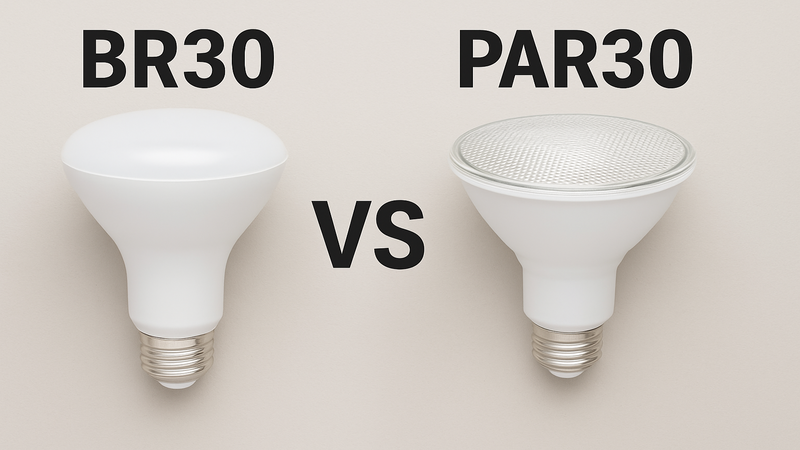
PAR bulbs are concentrated, while BR bulbs are more diffused. PAR30 is used to highlight artwork or display products, as it delivers a very concentrated beam and is ideal for spotlighting. These bulbs have the same diameter as BR30, but the light pattern and beam path distinguish them.
The A19 bulb is the most common bulb used in households. It is often seen in table lamps, floor lamps, decorative lighting, and general lighting sources.
When comparing BR30 vs. A19 for residential usages, A19 is the favored choice. It spreads light evenly in all directions and is narrower than all the above bulb options.
BR bulbs are typically used in indoor lighting fixtures, especially in places that use recessed or can lighting fixtures.
These bulbs provide a wide beam followed by uniform and brightly distributed illumination. Owing to these benefits, they have particularly replaced other fluorescent light bulbs.

Even with all the advantages of BR30 bulbs, they cannot be used everywhere. Below are some places where you should prefer and avoid BR30 bulbs.
BR30 bulbs are commonly used in all types of real estate, including:

Some of the familiar places where using a BR30 or BR40 bulb is not advised include:
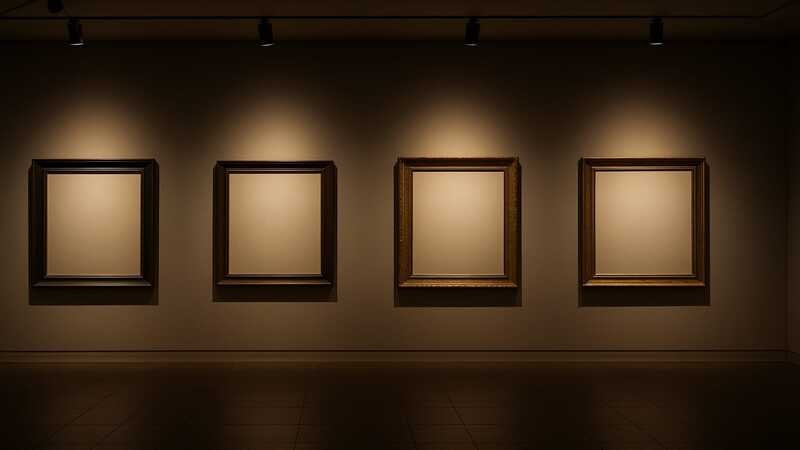
If you are considering replacing your old lighting source with BR30 bulbs, note that these bulbs commonly don’t have water or weather resistance.
So, it’s best to install them indoors. A bulb marked water-resistant, outdoor-rated, or wet-rated should only be used for outdoor applications.
While choosing the BR30 bulb for your lighting needs, make sure to consider the five key features mentioned below:

The brightness of the bulb refers to the visibility of light. Brightness is measured in lumens—the higher the lumens, the more luminous the light. When choosing bulbs, you should not rely only on wattage.
For example, a 65-watt incandescent bulb produces roughly 650–750 lumens in LED form.
LED bulbs consume less energy and can deliver more lumens than incandescent bulbs. So don’t limit your decision to wattage only—analyze lumen ratings to ensure your brightness needs are met.
The standard beam angle of BR30 bulbs is 110–120°. This beam range guarantees enough light for spacious settings.
Lighting buyers should consider the beam range they require before choosing any bulb. DIYers should never install PAR bulbs in BR fixtures, as the narrow beam of PAR bulbs can create uneven lighting distribution or glare.
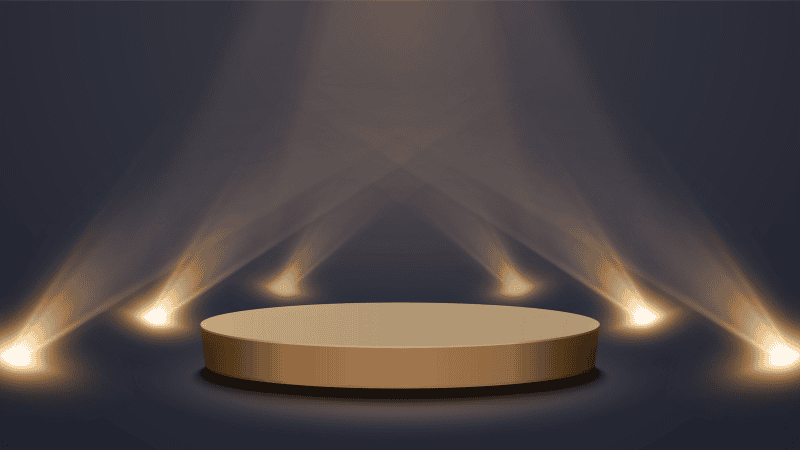
The light color temperature refers to how warm or cool the light appears to human eyes. It should also be considered when purchasing any light bulb. Three light color temperatures are: 2700K = warm white, 3000K = soft white, and 4000 K+ = cool white.
Lighting buyers must choose the perfect color temperature to match their lighting needs. If you are buying a light source for your home, choose 2700K or 3000K bulbs, as 4000K is too bright.
The Color Rendering Index (CRI) refers to how well a light source displays colors compared to natural light. The CRI scale ranges from 0 to 100. A CRI of 90+ is considered perfect, 80+ is regarded as good, and less than 80 is considered poor.
Light bulbs with CRI 80 are ideal for residential use as they use less power and do not contribute to eye strain. When buying a BR30 or any other light bulb, ensure you understand your rating requirements to make the correct choice.
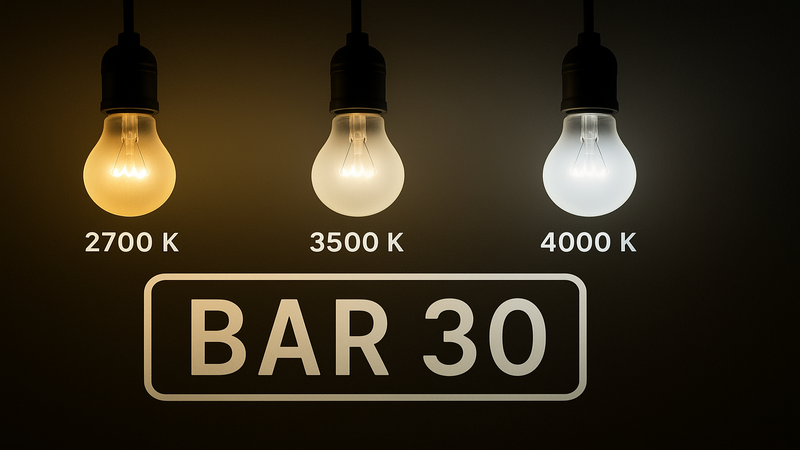
The last and most essential feature to consider while buying BR 30 bulbs is the dimmability feature. Not all BR30 LEDs are dimmable; check the label to choose the dimmable light. A non-dimmable BR 30 bulb can cause flickering, so it is not the best light source.
If you are looking for soft indoor lighting for recessed ceiling fixtures in hallways, kitchens, or warehouses, then BR30 LED bulbs are the ideal choice. These bulbs offer a well-distributed beam and efficiently light up any spacious area.
Remember to check bulb specifications like lumens, CRI, colour temperature, and dimming features to make the right choice. Lastly, choose a reliable supplier to get the right bulb for your needs and to save money in the long run.
The staff at Risun Corp is experienced in efficiently meeting all your lighting needs. With our vast lighting knowledge, we can fulfil all your needs, no matter how unique.
With years of experience in offering one-stop lighting solutions and supplying lighting management for lighting brands, we are sure that we will not disappoint you.
So why waste your time with others? Contact us to place bulk orders for BR30 and other LED bulbs now.
BR30 and BR40 are typical bulb codes. BR refers to a Bulged reflector, whereas 30 and 40 refer to the bulb’s diameter. Both bulbs are identical in size, but the diameters of these LED bulbs differ. BR40 light bulbs are bigger and broader than BR30 light bulbs.
A 4-inch recessed light is deemed small for a BR30 light bulb. The BR30 light bulb is around 3.75 inches wide but needs 5 to 6 inches of recessed lighting to fit in. If your recessed light is around 4 inches, the preferred bulb option is BR20.
You can use a BR30 bulb instead of an A19, but only if the fixture can accommodate the wider bulb. BR30 bulbs are typically used in recessed cans, while A19 bulbs are commonly used in homes for general lighting.
Comprehensive Lighting Solutions for MRO Wholesalers and Professionals
send your inquiry
Hi, I'm the author of this post, and I have been in this field for more than 15 years. If you want to wholesale lighting fixtures or lighting related product, feel free to ask me any questions.
Learn More >>Download our catalog to view all of our lighting products.
Ready to get started ?
Send Your InquiryOur team will get back to you promptly

please
download
Get notified about new products
Our team will get back to you promptly!
Add your first comment to this post